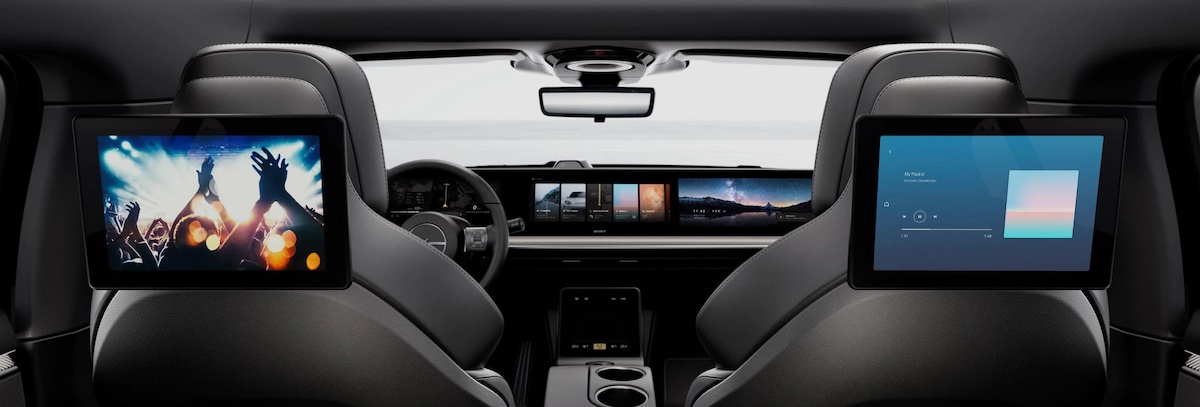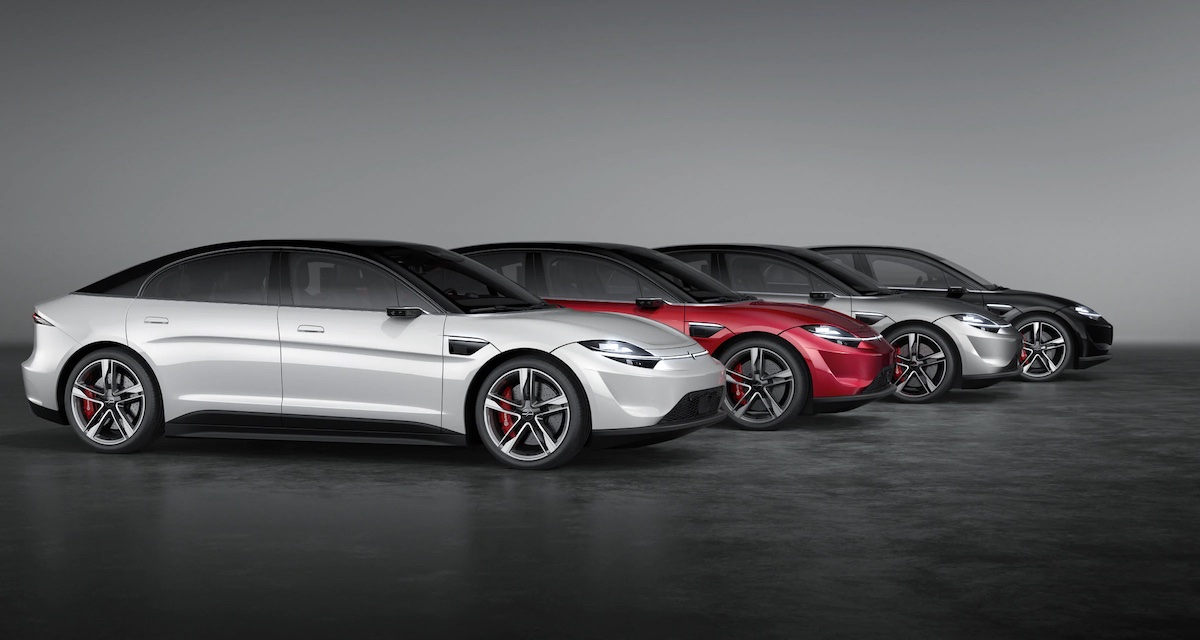Honda and Sony, two Japanese giants in the automotive and electronics industries respectively, confirmed last month a 50/50 partnership agreement for a new company called Sony Honda Mobility Inc., which will start operations by the end of this year and aim to launch products in 2025.

In fact, Sony already unveiled its first concept car, the Vision-S, at CES in the U.S. more than two years ago, fully showcasing its existing electronics technology on the car's dashboard and center console, a panoramic screen that integrated hardware and software to fill the width of the car in front of the driver's seat and the passenger seat. Partners included automotive OEM Magna, Qualcomm, Nvidia, Blackberry, Bosch, and other world-class technology companies. The result is proof that Sony made publicly known its ambition to cross over into the auto tech industry years ago. Sony's latest concept car, the Vision-S 02 unveiled at CES earlier this year, features a smart cockpit design, including digital dashboard, large touch panel covering center console and the front of passenger seat, and digital virtual rearview mirror. There is also an in-car ToF (time of flight) sensor for occupant identification and physiological monitoring that further enhances the accuracy of gesture control and voice control. In addition, an array of sensors around the vehicle offer 360-degree vision to facilitate autonomous driving. The vehicle is also equipped with 5G network function, in-seat speakers creating 3D sound fields for each seat, and Bravia Core video streaming platform, which uploads video files from cell phones to the aforementioned full-width infotainment display for playback.

In terms of the new company's division of responsibilities, Honda is responsible for the traditional auto manufacturing work, while Sony is leading the development of new technologies and mobile service platforms. No doubt, Sony has publicly demonstrated its concept's intelligent cockpit, network technology, audio and video technology, existing database platform, PlayStation gametech, and even self-driving technology (or Level 2+ partial driving automation with ADAS). All this will help Honda with product development. But let's think about it a little more: What do the two companies really want from the partnership?
- The new company does not even look like an automaker now. What are the chances a company with a capital of merely 10 billion JPY to builds cars? So, the next stage is probably to raise outside funds, which means that behind the scenes the two companies intend to allocate some resources to test the feasibility of collaboration first. If they see some concrete results, they will seek more external financial assistance. Assuming there are new models scheduled for mass production in three years, theoretically, Honda's existing production line can be put to use to save investment in production equipment. However, I think that's far from the ideal blueprint Sony has in mind. Sony should want to participate in the operation of the new company for a few years to get familiar with the technology integration and process of auto manufacturing, and then adjust the whole product lineup with core competitiveness to be more suitable for marketing to other automakers.
- Honda began technical operation with GM in 2013, and the two companies have been working closely on electric vehicle technology. A new generation of jointly developed electric vehicles will be launched in two years. Honda has also invested in GM's self-driving technology company Cruise twice, in 2018 and 2021, for a total of 2.75 billion USD. Moreover, Honda has been working with technology giants such as Google and Baidu on various aspects of technology for years. Given these endeavors, does Honda still need Sony's technology resources? Maybe Sony's smart cockpit technology and video streaming platform are worth the 5 billion JPY, but Honda probably has more suitable partners in other regards. In other words, putting more money into a company that has limited technology and it doesn't have full control over is definitely not the direction Honda wants.

The new company claims to launch a new model in 2025. Whether it will be called Honda or Sony, or a new name, will not matter much. That's because unlike Jidu Auto, which was founded by Baidu and Geely last year and is identified by its name as a car-making company, Sony Honda Mobility may be an auto "technology and services" company, except that the first traditional automaker that will apply its technology and services system to the production line is called Honda.